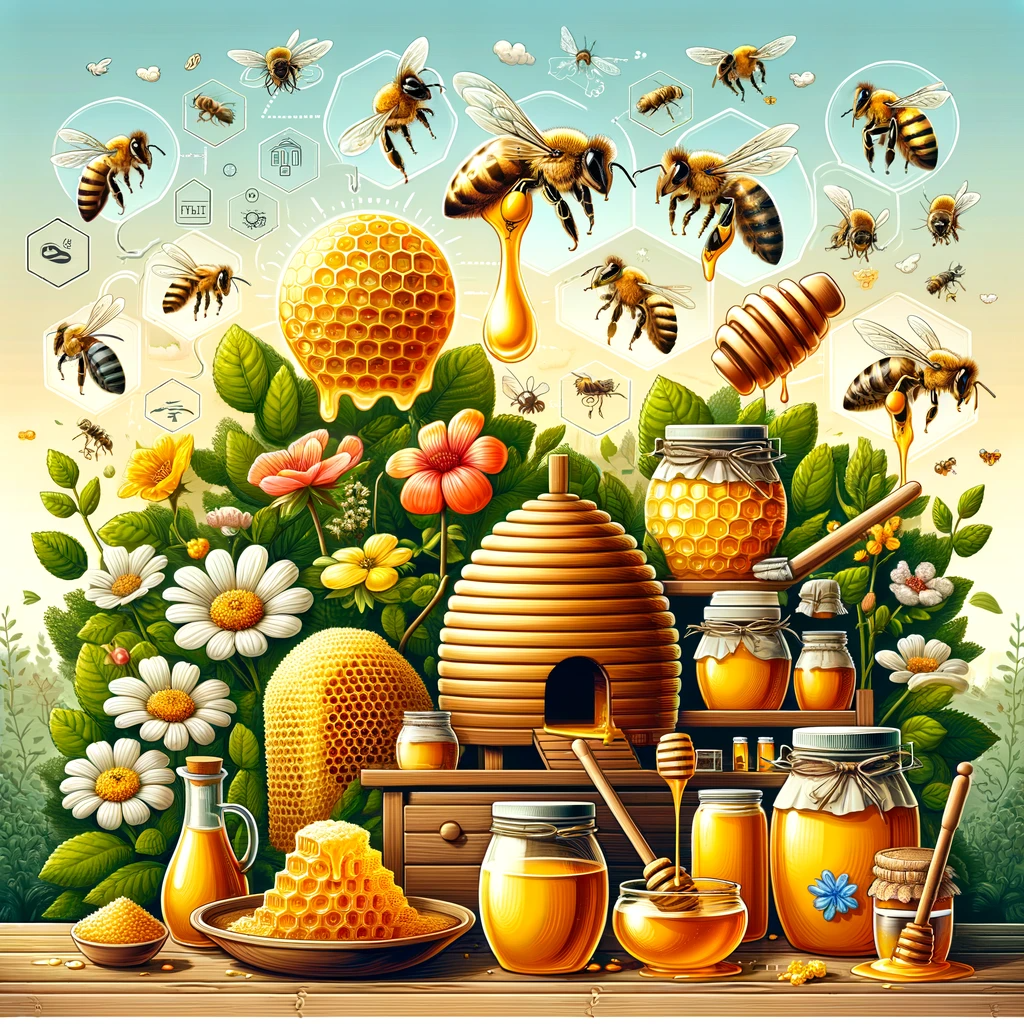Introduction
Honey is a remarkable natural sweetener that has been cherished by humans for millennia. It not only satisfies our sweet cravings but also has a rich history of being transformed into a delightful alcoholic beverage known as mead. In this article, we will explore the intricate fermentation process that takes honey from the beehive to the wine glass.
The Sweet Essence of Honey
The Origin of Honey
Honey is a sweet substance produced by bees using nectar from flowers. It has been harvested and consumed by humans for over 8,000 years, dating back to ancient civilizations.
Composition of Honey
Honey is a complex mixture primarily consisting of fructose and glucose, but it also contains water, enzymes, vitamins, minerals, and small amounts of other sugars and organic compounds. Its unique composition makes it an ideal candidate for fermentation.
The Art of Mead Making
What is Mead?
Mead is often referred to as “honey wine” because it is made by fermenting honey with water. It is one of the oldest alcoholic beverages known to humanity, with a history dating back thousands of years.
The Fermentation Process
Step 1: Mixing Ingredients
The first step in making mead is to mix honey and water in the right proportions. The ratio of honey to water determines the sweetness and strength of the final product.
Step 2: Adding Yeast
Yeast is a crucial ingredient in mead-making. It is responsible for converting the sugars in honey into alcohol and carbon dioxide. The type of yeast used can significantly impact the flavor and aroma of the mead.
Step 3: Fermentation
Once the yeast is added, the mixture is left to ferment. This can take anywhere from a few weeks to several months, depending on the desired style of mead. During fermentation, the yeast consumes the sugars in honey, producing alcohol and other flavor compounds.
Types of Mead
Mead can be categorized into several different styles based on ingredients and flavor profiles:
- Traditional Mead: Made solely from honey, water, and yeast, this style showcases the pure essence of honey.
- Melomel: Fruit is added to the mix, creating a mead with a fruity twist.
- Pyment: This variation includes grapes or grape juice, adding a vinous quality to the mead.
- Cyser: Apples or apple juice are incorporated, resulting in a delightful apple-infused mead.
- Metheglin: Spices and herbs are added to create complex and aromatic meads.
- Hydromel: A lighter version with less honey, resulting in a lower alcohol content.
Aging and Bottling
The Importance of Aging
Mead, like wine, benefits from aging. The aging process allows the flavors to mellow and meld, creating a smoother and more refined product. Aging can range from a few months to several years, depending on the style of mead.
Bottling and Packaging
After aging, mead is typically filtered to remove any sediment, then bottled and sealed. Proper storage is essential to maintain the quality of the mead, as exposure to light and temperature fluctuations can degrade the product.
Conclusion
In conclusion, honey and mead offer a fascinating journey through the world of fermentation. From the humble beginnings of honey in the beehive to the complex flavors of mead in the glass, this ancient tradition continues to captivate the taste buds of connoisseurs and enthusiasts alike. Whether you’re a curious novice or a seasoned mead-maker, the art of mead-making is a delightful exploration of nature’s sweetest gift. So, raise your glass and savor the rich history and flavors of honey and mead!
